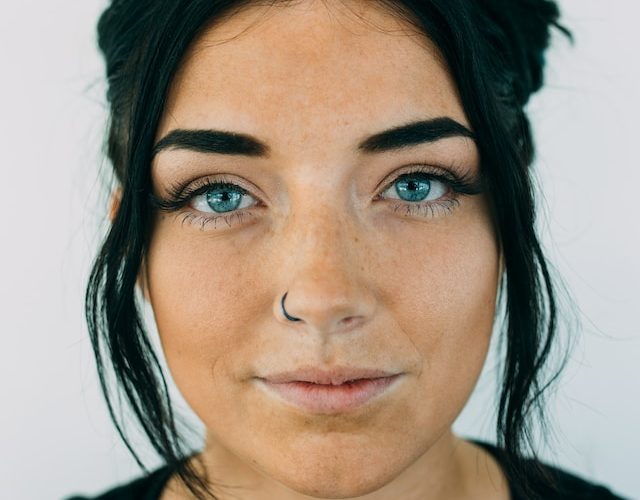Introduction: Many individuals notice changes in their facial appearance as they age, particularly in the areas of the cheeks and chin. The perception of growing cheeks and a fuller chin can be disconcerting. In this article, we will explore the reasons behind these changes and shed light on the factors that contribute to the appearance of increased volume in these facial areas with each passing birthday.
- Loss of facial muscle tone: As we age, the muscles in our face naturally lose their tone and firmness. This loss of muscle tone can contribute to a sagging appearance, making the cheeks and chin seem larger. The lack of muscular support allows gravity to have a greater effect on the facial tissues, leading to the perception of increased volume.
- Changes in fat distribution: One of the primary factors contributing to the growth of cheeks and chin with age is changes in fat distribution. Over time, fat tends to redistribute from deeper compartments to more superficial layers, including the face. This redistribution can result in a fuller appearance of the cheeks and chin, giving the impression of growth.
- Decreased collagen and elastin production: Collagen and elastin are essential proteins that provide structure and elasticity to the skin. However, as we age, the production of these proteins decreases. Reduced collagen and elastin levels can lead to diminished skin elasticity, making the cheeks and chin appear less firm and more prone to sagging, adding to the perception of increased size.
- Bone loss and facial structure changes: Bone loss is another factor that contributes to changes in facial appearance with age. As we get older, the bones in our face gradually lose density and volume, which can affect the underlying structure. This bone loss, combined with changes in fat distribution and reduced skin elasticity, can further accentuate the fullness of the cheeks and chin.
- Genetic predisposition: Genetics also play a role in the size and shape of our face as we age. Some individuals may have a genetic predisposition to store more fat in the cheeks and chin area. This genetic factor can contribute to the perception of increased volume in these facial areas.
Conclusion: The perception of growing cheeks and chin with age can be attributed to various factors, including loss of facial muscle tone, changes in fat distribution, decreased collagen and elastin production, bone loss, and genetic predisposition. While these changes are a natural part of the aging process, individuals can adopt strategies to minimize their impact. Maintaining a healthy lifestyle, including regular exercise, a balanced diet, and skincare routines that promote collagen production, can help preserve a more youthful facial appearance. Additionally, seeking guidance from healthcare professionals and considering non-surgical cosmetic procedures may offer further options to address specific concerns related to the cheeks and chin.












